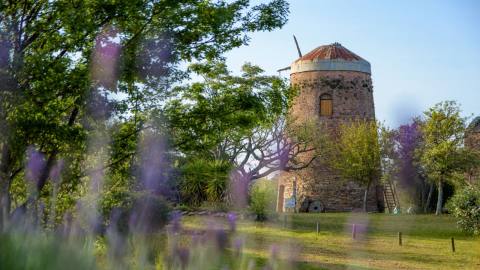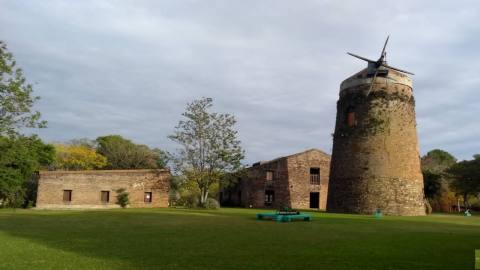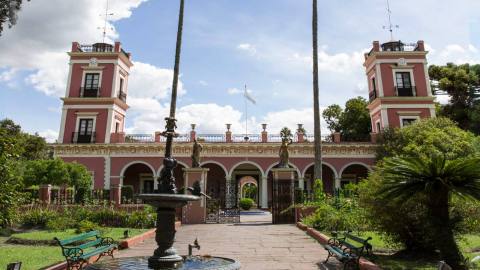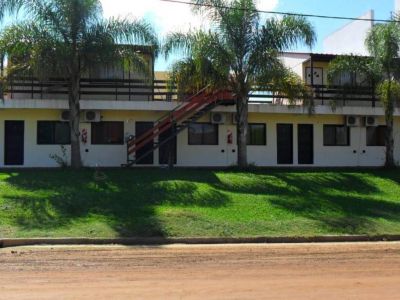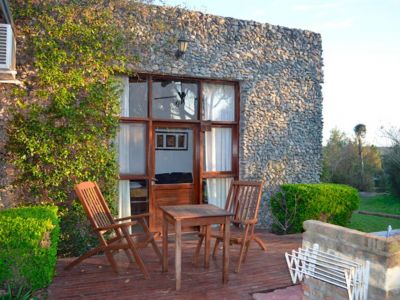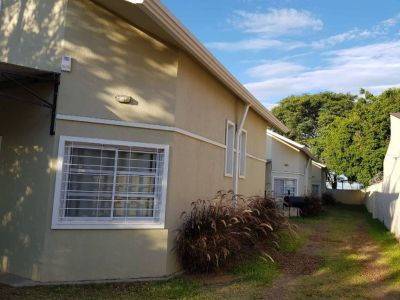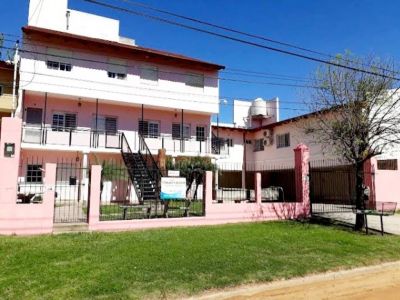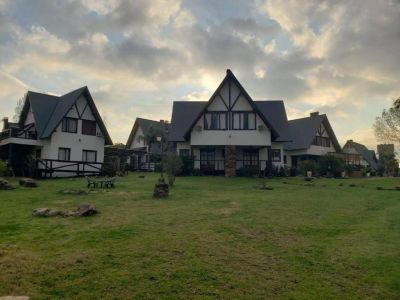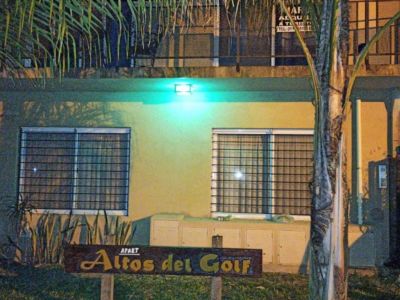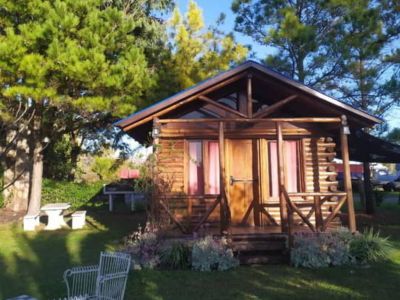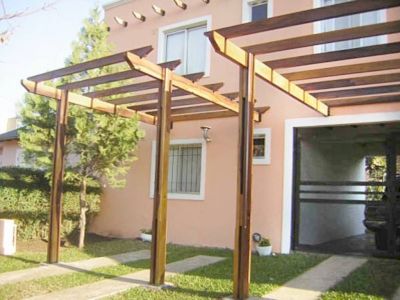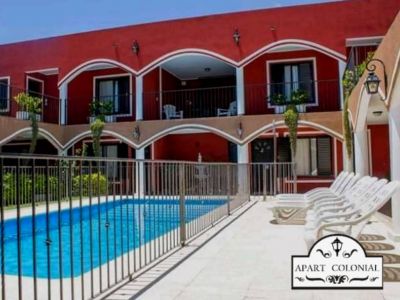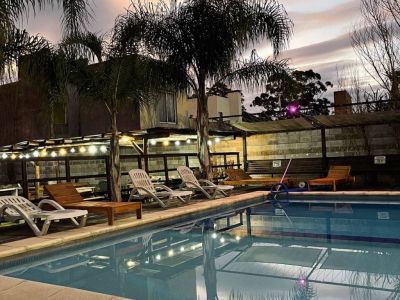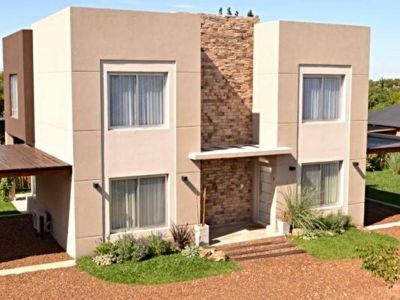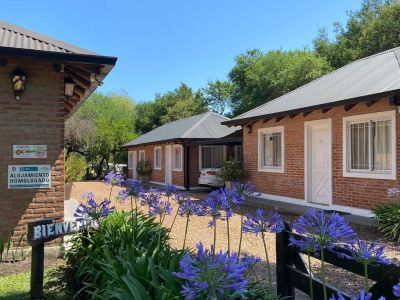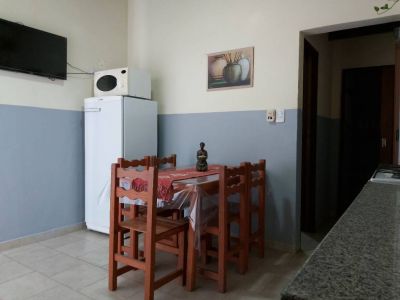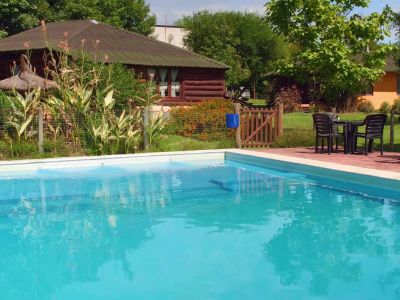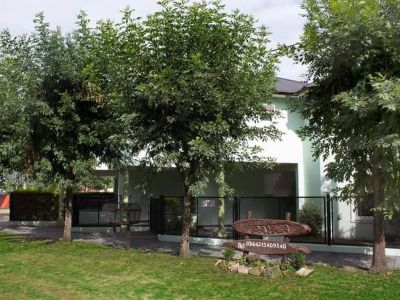A short outing provides the possibility to appreciate the provincial atmosphere of some towns that emerged on the banks of the Uruguay River, very near the City of Colón. Together, these locations make up the area known as Micro Región Tierra de Palmares
Towards Villa San José
Just 5 kilometers away, we found a natural retreat. We toured around the downtown and the beach. General Urquiza Square is the main reference point. Surrounded by smaller squares, the whole set looked quite green, with palm trees and old tree groves in bloom. We spotted the main parish, the tourist office and the Town Hall. As the first agricultural settlement in the province, its history is based on the arrival of the colonists and still preserves the customs and stories inherited from older generations.
It is well-known that San José offers a lush scene both at its beaches on the Uruguay River and at its hot springs. As we reached the river shore, we imitated the locals and set our deck chairs inside the water, very close to the shore. We enjoyed the fine clean sand as we observed the great number of watercrafts and people practicing nautical sports on the river.
San José, Liebig, Ubajay: Stress-Free Towns
We were stunned by the hot spring resort standing on the riverside. In addition to its huge size and its warm healing waters, it was a very pleasant recreational option.
When it comes to celebrations, San José hosts festivals year round. In October, the Colonization National Festival gets the city ready to welcome visitors from all around and pay tribute to the labor and culture coming from Europe in the previous century. Everything is joy, singing, dancing and cuisine for three days on which daily routine is paralyzed.
To Liebig We Go
The beach and the natural surroundings are the main ingredients of
Pueblo Liebig, whose long strip of sand on the Uruguay River lures visitors throughout the year. Its climate favors life in the open air, sunbathing and leaving worries aside. It is not unusual to see people in swimsuits on the shore.
The old pier separates two cozy beaches. We settled down there in order to appreciate the river stream. In the mid twentieth century, when the town had its commercial zenith, the largest canned meat factory in the country would ship its goods abroad at this spot. Canoe rides, motorboat tours or just sunbathing are activities everyone wishes to enjoy.
The Anglers’ Club occupies a prevailing space, as its facilities offer a campsite and bungalows specially conditioned for a quiet and safe stay.
A Little Bit Farther away
We took some more time to visit Villa Elisa first and Ubajay later. The former welcomed us with a hamlet of simple houses and parks and shady tree groves to walk around. Hot days are spent at its swim hole, featuring crystal-clear waters and surrounded by lush vegetation.
In turn, the biggest reason for this town to feel proud is having found excellent salty springs deep underground. The discovery of these waters with therapeutic and relaxing properties has led to the assembly of a very popular hot spring resort.
Ubajay is the center of regional ecological tourism. As we got there, we saw a town that has remained intact with the passing of time. Its people still travel on horseback and sit at the sidewalk to enjoy some good mate. It is common to see the water carrier soaking the dirt streets or the neighbors saying hello to one another.
Environmentalists will find a unique reserve at El Palmar National Park due to the large amount of Yatay palm trees it lodges, even though several fires almost put an end to this haven.
Crossed by creeks and paths, it is a shelter for multicolored birds and a traditional local outing.
If there is something all these towns share, it is the typical politeness of the people from Entre Ríos and their mate always ready to be tasted by a friend who has just arrived.
Mónica Pons
Gentileza Sanjose.tur.ar




